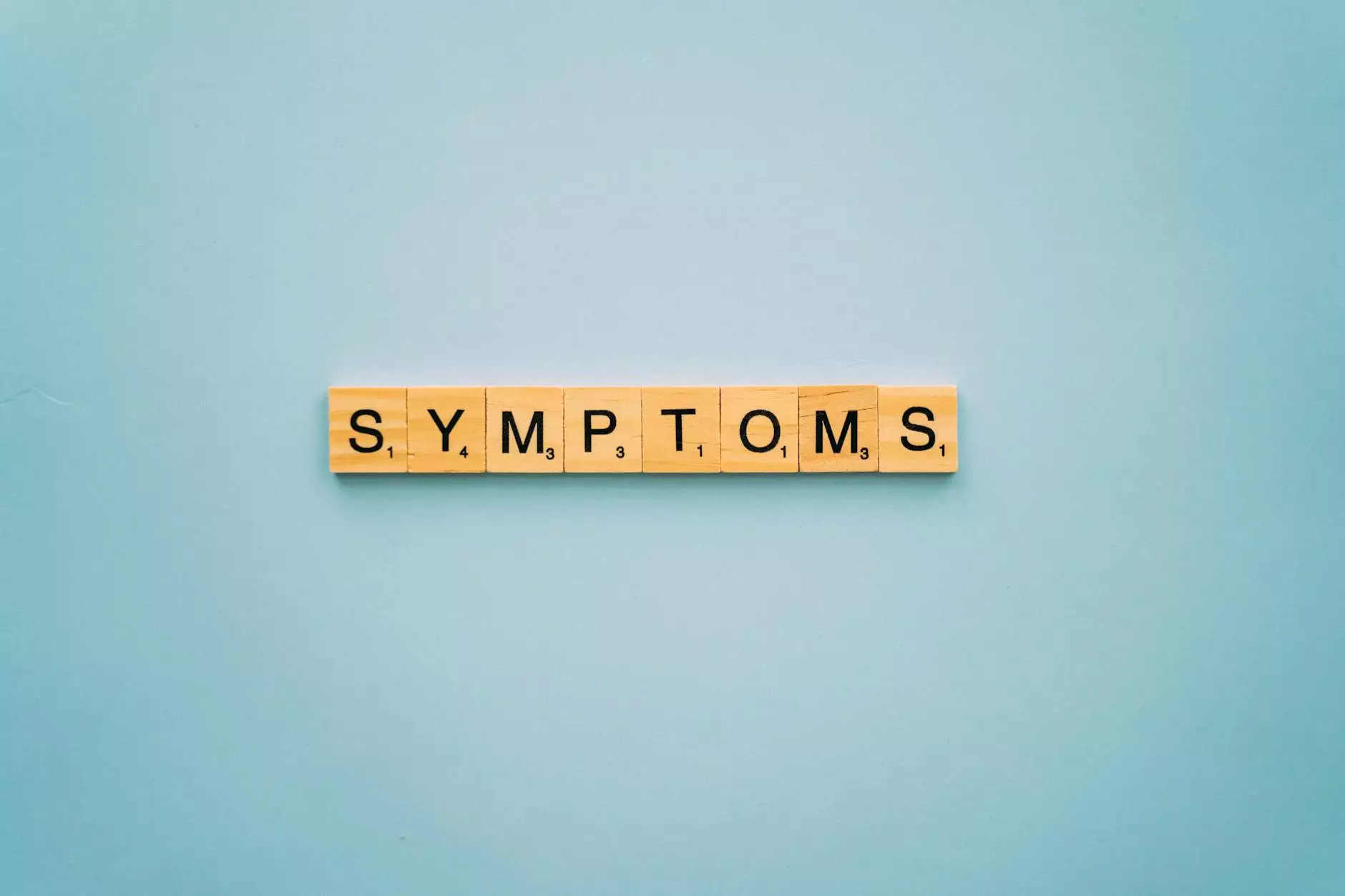Tic Disorders
Resources
Welcome to PrimdeVie, your trusted source for comprehensive information, expert advice, and a curated selection of products for managing tic disorders.
Tic Disorders Explained
Tic disorders are characterized by repetitive and involuntary movements or vocalizations known as tics. These tics can range from simple and sudden actions, such as eye blinking or shoulder shrugging, to more complex movements and sounds.
At PrimdeVie, we understand the challenges that individuals with tic disorders face and aim to provide valuable resources to help manage these conditions effectively.
Understanding Different Types of Tic Disorders
There are several types of tic disorders, and each has its own unique characteristics:
Tourette Syndrome
Tourette syndrome is the most well-known and severe tic disorder. It is characterized by both motor and vocal tics that last for at least a year. The tics can wax and wane, causing significant impairment in daily life.
Chronic Motor Tic Disorder
Chronic motor tic disorder is characterized by repetitive motor tics without vocal tics. These tics can vary in intensity and may change over time.
Chronic Vocal Tic Disorder
Chronic vocal tic disorder is characterized by repetitive vocal tics without motor tics. The tics can involve sounds or words and may fluctuate in severity.
Transient Tic Disorder
Transient tic disorder is a temporary condition characterized by motor and/or vocal tics that last for less than a year. These tics often occur during childhood and may resolve on their own without treatment.
Symptoms and Diagnosis
The symptoms of tic disorders can vary from person to person, and it is essential to consult a healthcare professional for a proper diagnosis. Common symptoms include:
- Repetitive blinking
- Head jerking
- Facial grimacing
- Shoulder shrugging
- Throat clearing
- Sniffing/snorting
- Grunting
- Coprolalia (involuntary use of obscene language, in rare cases)
Diagnosis of tic disorders typically involves a thorough evaluation of symptoms, medical history, and ruling out other possible causes.
Managing Tic Disorders
While there is no cure for tic disorders, several strategies can help manage symptoms and improve quality of life:
Behavioral Therapies
Behavioral therapies, such as Comprehensive Behavioral Intervention for Tics (CBIT), can be effective in reducing the frequency and severity of tics. These therapies focus on teaching individuals alternative behaviors to replace tics and managing tic-related urges.
Medications
In some cases, medications may be prescribed to manage severe tics that significantly impact everyday functioning. These medications aim to reduce the frequency and intensity of tics.
Alternative Approaches
Many individuals with tic disorders find relief through alternative approaches, including relaxation techniques, stress management, and complementary therapies such as acupuncture or yoga. These approaches can help alleviate anxiety and improve overall well-being.
Explore Tic Disorder Products at PrimdeVie
At PrimdeVie, we have curated a selection of products specifically designed to support individuals with tic disorders. Our marketplace offers a wide range of innovative tools, accessories, and resources to help manage tics and improve daily functioning.
Whether you are seeking sensory toys, weighted blankets, fidget devices, or educational resources, PrimdeVie is your go-to platform for finding the right products tailored to your unique needs.
Conclusion
In conclusion, tic disorders can significantly impact a person's life, but with proper support and management strategies, individuals can lead fulfilling lives. PrimdeVie is committed to providing comprehensive information, expert advice, and a diverse range of products to aid individuals in their journey of living with tic disorders.
Visit PrimdeVie today and discover the wealth of information and resources available to help you navigate tic disorders. Together, we can make a positive difference!




